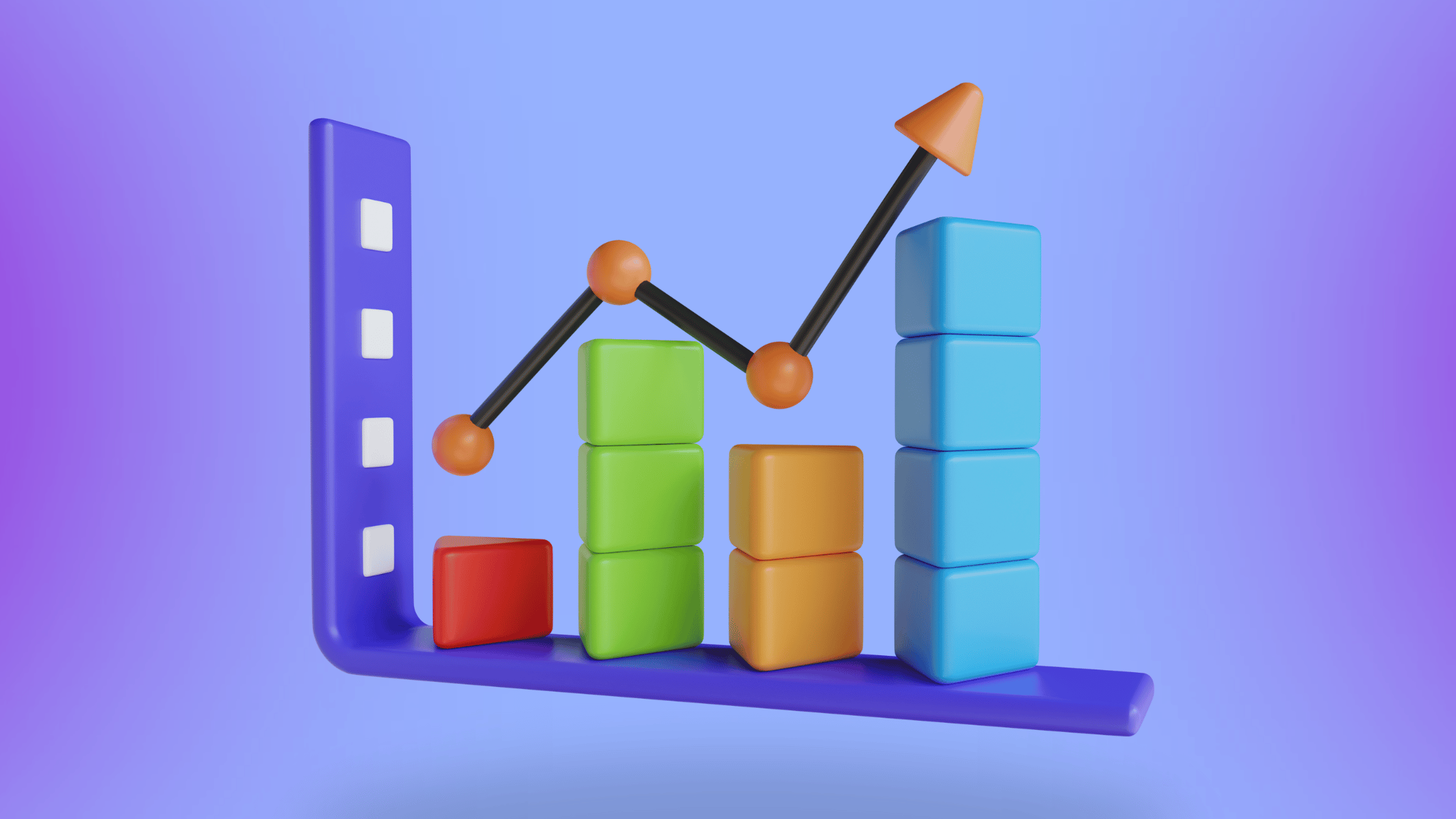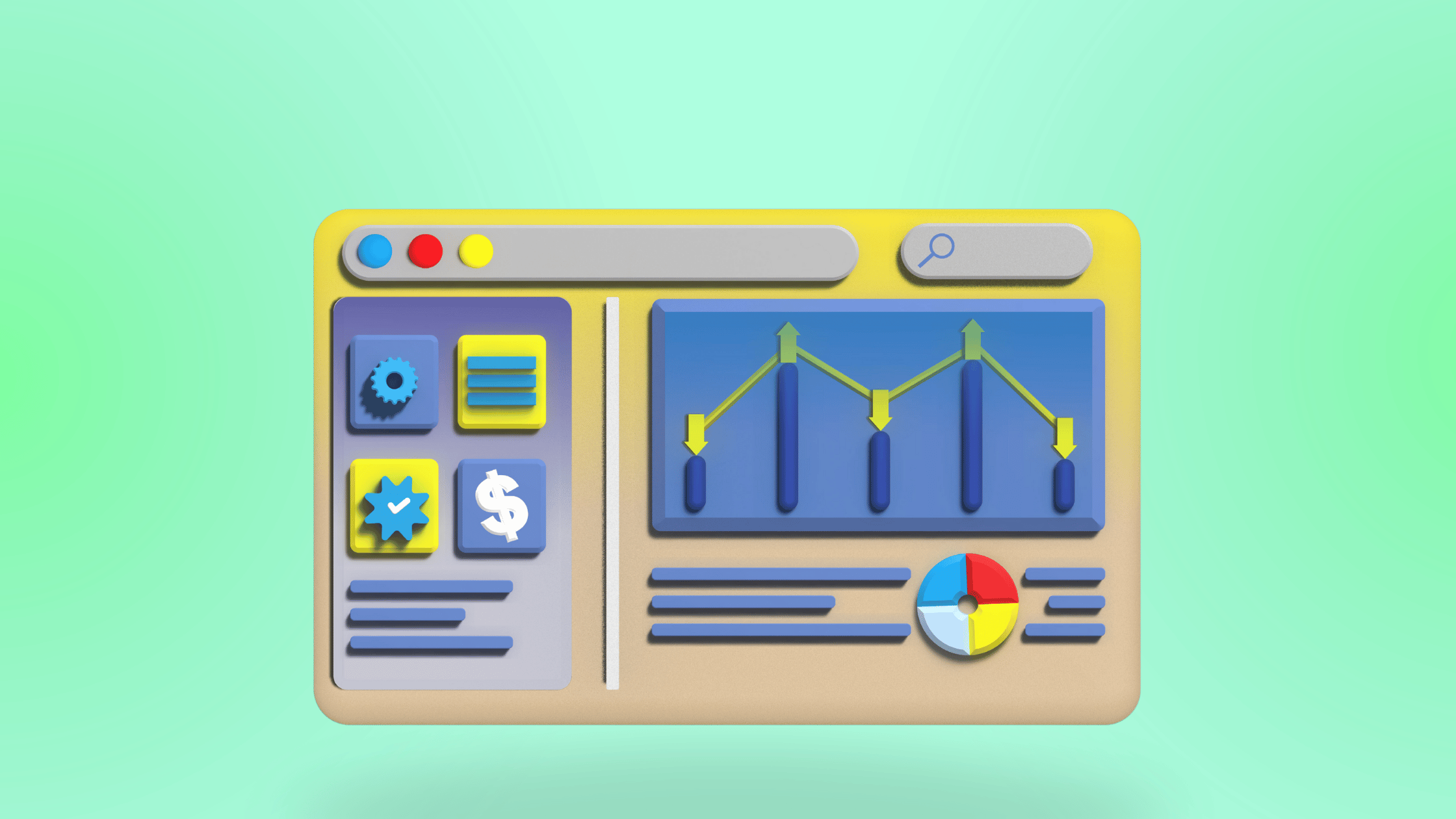Mr. John owned a retail store. His Instagram page, with thousands of followers, was constantly updated with pictures and videos of the latest products in his store. He, however, didn’t take the social media presence of his store seriously. He would be more than happy if a post received a few likes and comments, and that was it.
One day, his son suggested he use social media data analytics to gain insights and grow his business. Mr. John was initially skeptical, but after a discussion, he was convinced.
With the help of his son, he started using analytics to analyze his customers’ behaviors and preferences. After implementing a few changes based on data analysis, Mr. John noticed a significant increase in his business. His online and offline sales grew by nearly 90% each. He was so impressed with the results that he continued using social media analytics to improve his business.
If you, too, have a business, using social media analytics can help you grow it in several ways. Wondering how? Let’s find out.
What Is Social Media Data Analytics?
Social media data analytics refers to the process of collecting, analyzing, and interpreting data from social media platforms to make informed business decisions. It involves extracting and examining data related to user demographics, preferences, behaviors, and trends.
Businesses can choose to gather data from a range of sources, including public posts, comments, mentions, and reviews. Plus, they can choose to monitor one or more social media platforms, such as Facebook, Instagram, Twitter, LinkedIn, and YouTube, based on where their target audience is most active.
In addition to gathering and analyzing data related to their marketing and campaigns, businesses can also use social media analytics to monitor their competitors’ activities. By doing so, they can decode their competitors’ strategies and discover new opportunities to reach their target audience.
We are here to tell you everything you need to know about the analytics of social data to help you form an in-depth perspective.
Why Measure Social Media Data Analytics?
Measuring social media data analytics comes with several benefits as it’s crucial for businesses to read the minds of their audience, optimize marketing strategies, and make crucial decisions. By analyzing metrics such as engagement, brand sentiment, and customer feedback, companies can understand their audience’s preferences, track brand perception, identify influencers, and stay competitive.
Additionally, other advantages of social media data analytics are that it help improve customer experiences, optimize advertising efforts, and adapt to emerging trends. This data-driven approach enables businesses to enhance their social media presence, increase customer satisfaction, and obtain meaningful results in the ever-evolving landscape of social media.
Metrics to Be Tracked With Social Media Analytics
Using social media analytics, companies can track key metrics that can help them understand the impact of their campaigns and optimize strategies based on what resonates most with their target audiences. The key metrics include:
Performance Metrics
The performance metrics measure the performance of content, campaigns, and channels. These include:
- Analyzing how the audience interacts with the content posted on various platforms and ensuring it is engaging enough.
- To ensure progress consistency across platforms, verify if the number of followers is increasing over time.
- The click-through rate on post links to determine if they are effectively directing traffic from social media channels.
Do you know how to track social media analytics?
Paid Social Analytics
The paid social analytics metrics measure the performance of ads and campaigns. They include:
- Cost per click or cost per impression to determine how effective our advertisements are in terms of driving traffic to the website or other external landing pages.
- Analyze how many users are converting from seeing the ad to taking action.
- Compare the cost of different ad formats, such as text ads versus video ads.
- Measure the ROI of campaigns to determine which ones are most effective
Sentiment Analysis
Sentiment analysis helps gauge the reactions of our audience. We at Konnect Insights measure sentiment by looking at user comments, reviews, and ratings on social media channels or websites. We also look at the sentiment of conversations about the brand online. This helps us understand how people feel about the products and services.
Six Uses Of Social Media Data Analytics
Social media data analytics can be used in several ways to help businesses reach their goals. Here are six of the most common uses for this powerful tool:
Use It To Improve Your Social Media Strategy
Social media data analytics offers numerous benefits for improving social media strategies. By collecting and analyzing the vast amount of data generated on social media platforms, businesses can gain valuable insights to enhance their marketing efforts.
For instance, through audience segmentation, companies can better understand their target audience by analyzing demographic information, interests, behavior patterns, and engagement metrics. This knowledge allows them to create targeted marketing campaigns and deliver personalized experiences.
Moreover, social media data analytics helps optimize content strategies by identifying the types of content that perform well, such as popular formats, topics, and posts. Armed with this information, businesses can create more engaging posts and improve their brand messaging.
Study Patterns And Behaviour of Potential Audience
By analyzing the data generated on social media platforms, companies can gain insights into the preferences, habits, and interests of their target audience. This understanding helps in crafting targeted marketing strategies and delivering personalized content.
For example, by examining engagement metrics such as likes, comments, and shares, businesses can identify the types of content that resonate the most with their audience. They can also determine the right timing to post and the platforms preferred by their target audience.
Moreover, analyzing demographic information and user behavior patterns allows companies to segment their audience and tailor their messaging accordingly.
Enhance Strategic Decision Making
Data analysis also helps business owners make the right decisions about their overall strategies. By analyzing competitor data, companies can identify gaps in the market and create new growth opportunities. Additionally, businesses can use data to determine which products and services are the most profitable and develop strategies around them.
Suppose a company is considering launching a new product. By analyzing customer feedback, sales data, and other relevant information, they can determine the level of demand for that product, how much it should cost, and what type of marketing campaign might be most effective. With the right data analysis techniques and tools in place, companies can take the appropriate steps that will help them better serve their customers and grow their businesses.
Understand the Stage When Your Content Is Underperforming
Not all content performs well with customers. In this case, data analysis can be used to identify when and why a piece of content may not be having the desired effect. This can help companies make necessary changes to their content and marketing strategies to improve performance.
For example, an analysis could reveal that certain keywords are not as successful as intended or that customers are not engaging with the content in a meaningful way. With this insight, companies can rework their content to address these issues and make sure that it is reaching the right audience.
Improve Customer Service
Companies can use social media data to understand the types of issues customers are having and then identify trends or common complaints. This can help companies better understand how to improve their customer service and provide more tailored solutions for their customers.
For instance, a company may notice that customers are complaining about delivery delays. With this information, the company can take steps to improve its delivery policy and make sure customers get their orders on time.
Moreover, social media platforms allow companies to enhance personalized customer experiences. By connecting with customers on social media, companies can create relationships and have meaningful conversations. This helps them better understand their customers’ needs and preferences, which can help them provide customer service that is tailored to the individual.
Also learn more about: How Does Omnichannel Improve Customer Experience – 7 Points to Consider
Improve Targeting Based On More Active And Popular Platforms
Finally, businesses can improve their targeting by leveraging social media data analytics to identify more active and popular platforms among their target audience.
For example, suppose a fitness brand discovers through data analysis that the young fitness enthusiasts they are targeting actively engage on Instagram and YouTube, while their engagement on Twitter and Facebook is relatively lower. Armed with this insight, the brand re-allocates resources and focuses its marketing efforts on Instagram and YouTube, creating compelling content and influencer collaborations on these platforms.
By optimizing its target audience based on active and popular platforms, the brand can maximize its reach, engagement, and potential conversions among its target audience.
To Sum Up
Data analysis is a powerful tool for understanding your target audience and their preferences. By utilizing this insight to tailor your marketing strategy and focus on the platforms that are most popular with your demographic, you can maximize engagement, reach more potential customers, and drive conversions.
With careful research, testing of different strategies, and effective use of data-driven insights into customer behavior, brands can enjoy greater success in connecting with their target audience and achieving their marketing goals.






























